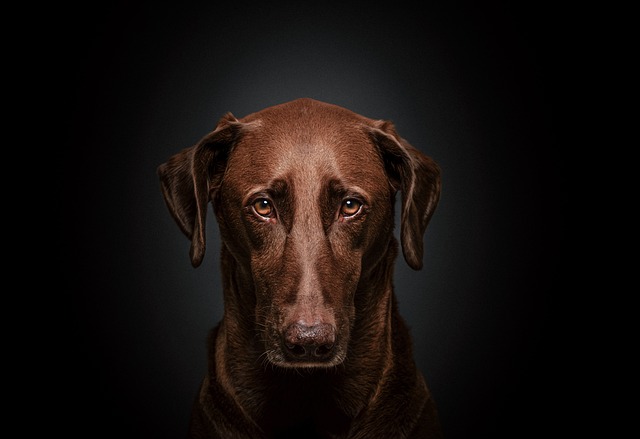
What is glaucoma in a dog?
You might notice your dog squinting more at mealtime or avoiding bright sunlight—these small changes could be early signs of a serious eye condition.
For many new dog owners, bringing home a furry friend feels like welcoming a new family member—but it also comes with worries about keeping them healthy. One question that often lingers is about the biggest health threats, and when it comes to fatal diseases in dogs, there’s one that stands out more than others: cancer. Just like in humans, cancer can affect dogs of all ages, breeds, and sizes, making it the most common disease that kills our canine companions. It’s not something to panic about, but understanding it is key to protecting your pup.
Cancer in dogs doesn’t look the same for every animal, which is why early notice matters so much. Some common signs include unusual lumps or bumps under the skin that grow over time, sudden weight loss even if they’re eating normally, or changes in their energy—like being tired more often or losing interest in play.
 Preventive care is your best defense against cancer and other serious diseases, and it starts with following basic health guidelines. Make sure your dog gets all their core vaccines on time—not just because many places require it by law, but because vaccines protect against other deadly illnesses that can weaken their immune system. Regular vet checkups, even when your dog seems healthy, are also a must; vets can spot early signs of cancer that you might miss. At home, keep your dog away from known carcinogens, like tobacco smoke or certain chemicals in lawn treatments, and feed them a balanced diet to keep their body strong.
Preventive care is your best defense against cancer and other serious diseases, and it starts with following basic health guidelines. Make sure your dog gets all their core vaccines on time—not just because many places require it by law, but because vaccines protect against other deadly illnesses that can weaken their immune system. Regular vet checkups, even when your dog seems healthy, are also a must; vets can spot early signs of cancer that you might miss. At home, keep your dog away from known carcinogens, like tobacco smoke or certain chemicals in lawn treatments, and feed them a balanced diet to keep their body strong.
Being a responsible dog owner also ties into keeping your pet healthy long-term, and that means following local rules and cultural norms. For instance, always clean up after your dog in public areas—not just to avoid fines, but to prevent the spread of parasites that can lead to other health issues. Avoid using punishment or harsh training methods too; positive reinforcement not only helps your dog behave better, but it also keeps their stress levels low, and chronic stress can weaken their immune system over time. If you live in an apartment, make sure you’re meeting their exercise needs—daily walks not only keep them fit, but also let you notice any changes in their movement or energy.
No one wants to think about their dog getting sick, but being informed and proactive is the best way to give them a long, happy life. Cancer might be the most common fatal disease in dogs, but with early detection, good preventive care, and responsible ownership, you can lower the risks significantly. Remember, your vet is your partner in keeping your dog healthy—don’t hesitate to ask questions or bring up any concerns, even if they seem small. Your furry friend relies on you, and a little extra care can go a long way.

You might notice your dog squinting more at mealtime or avoiding bright sunlight—these small changes could be early signs of a serious eye condition.

Let’s set the scene: It’s a sweltering Phoenix afternoon—105°F outside—and you rushed your 2-year-old Lab mix, Cooper, on a quick walk to “get it over with.”

Let’s get real: You’re in your Miami apartment, watching your 3-year-old Corgi, Loki, struggle to climb the stairs to your second-floor unit.

Many dog owners brush off occasional scratching as just “dog behavior,” but persistent itching often signals something more—like a food allergy.

You might first notice your dog scratching more than usual—chewing at their paws until the fur looks thin, or rubbing their face against the couch nonstop.

Let’s be real: You’re standing in your Chicago apartment, watching your 3-year-old Beagle, Max, huff and puff just to climb onto the couch.